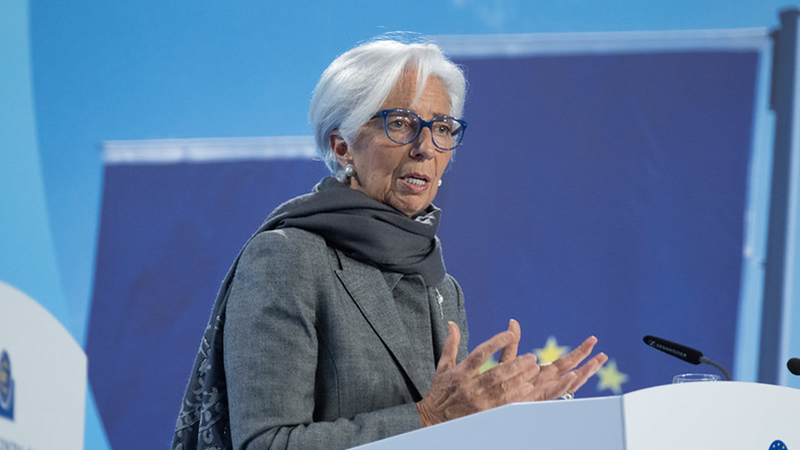The European Central Bank (ECB) is expected to defy initial forecasts and cut rates by another 0.25 basis points tomorrow (17 October) after inflation fell more sharply than expected in September.
After cutting rates to 3.5% last month, markets did not predict another cut until December, but inflation dropped further than expected after its last meeting to 1.8% – below the bank’s 2% target.
The ECB’s failure to foresee this steep drop in inflation could leave it scrambling to cut rates more aggressively over the coming months, according to Geoff Yu, senior EMEA markets strategist at BNY.
“Considering the language used during the September post-decision press conference, it is surprising that the base case for Thursday’s decision is now for a cut,” he said.
“This may have cost the eurozone valuable time in factoring in easier financial conditions. For now, it is vital for the ECB to get ahead of data – which the Fed appears willing to do – rather than react in kind.”
See also: Kempen’s Plouvier: How I learned to stop worrying and start loving European banks
A worsening outlook for Germany since the ECB’s last meeting has also mounted more pressure on the bank to cut rates.
Germany updated its forecasts last week, announcing that its economy would shrink 0.2% this year rather than grow 0.3% like it had initially stated.
This rapid change in Europe’s biggest economy, paired with an unexpected drop in inflation, could make the ECB’s path more hazardous than it had hoped for just four weeks ago, according to Katharine Neiss, chief European economist at PGIM Fixed Income.
“The narrative in Europe has very recently flipped from too-high to too-low inflation,” she said. “The combination of waning cyclical momentum, structural headwinds in the core – such as in Germany – and the pre-pandemic experience of being stuck below 2% inflation seems to have spooked the ECB. As such, the market now sees the October meeting as live.
“Even if the governing council delivers the expected 25 basis point cut, the market continues to grapple with both the pace and extent of cuts. If the economy and/or inflation continue to weaken markedly, we could see more aggressive rate cuts to below neutral.”
See also: Could fixed income markets suffer another double-digit drawdown?
Germany accounts for a quarter (24.2%) of the EU’s total GDP and will have a big sway on how the Eurozone’s overall economy fares. Peter Goves, head of developed market sovereign debt research of MFS Investment Management, said it is therefore “something the ECB can ill afford to ignore”.
A big factor that could sway Germany’s future is exports, which it is reliant on for half (50.92%) of its GDP, according to Michael Krautzberger, Global CIO Fixed Income at AllianzGI.
More activity from China could lift Germany from two consecutive years of recession, but potential tariffs from the US are likely to put more restraints on its export market.
Krautzberger added: “There are some hopes that recent Chinese policy support will help trade-sensitive markets like Germany, but we doubt this will be enough to offset the weak domestic demand picture within the region.
“There is also a risk that after the upcoming US elections in November, trade conflicts may return to the policy agenda – not just between the US and China, but also with the EU – presenting further downside growth risks.”










